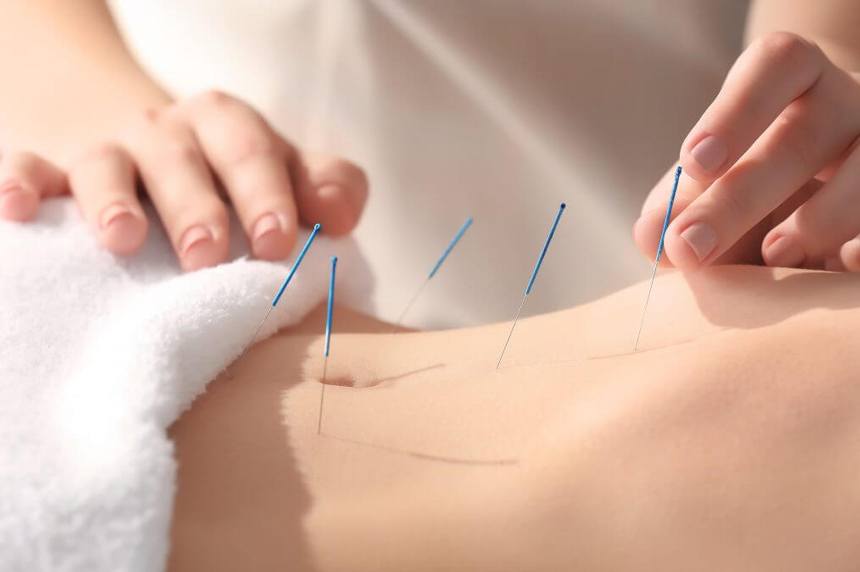Controlled Breathing

Controlled breathing exercises have emerged as an effective strategy for reducing nausea, especially when related to chemotherapy and post-surgical recovery. A study from 2020 highlighted the significant impact of a six-day regimen of breathing exercises on chemotherapy-induced nausea, vomiting, and retching. Similar benefits were observed in another study focusing on post-surgery patients, with deep breathing exercises contributing to a noticeable decrease in nausea severity.
Such breathing techniques are practical and easily implementable, requiring no special equipment or environment. By focusing on slow, deliberate breaths, individuals can tap into a powerful tool for managing discomfort, making this a versatile and accessible option for those affected by nausea. [6]
Acupuncture and Acupressure

Acupuncture and acupressure are rooted in traditional Chinese medicine and offer a non-invasive approach to managing nausea and vomiting. Acupuncture involves the insertion of thin needles into specific body points, while acupressure applies pressure to the same points. These methods are believed to activate nerve fibers, sending signals that may help mitigate nausea.
Evidence from various studies supports the effectiveness of these techniques, particularly for chemotherapy-induced nausea and postoperative nausea and vomiting. Specifically, acupuncture at the Neiguan (P6) point has been frequently associated with nausea relief. This point can be easily stimulated through acupressure, offering a practical self-help technique for those seeking an alternative or complement to conventional treatments. [7]





